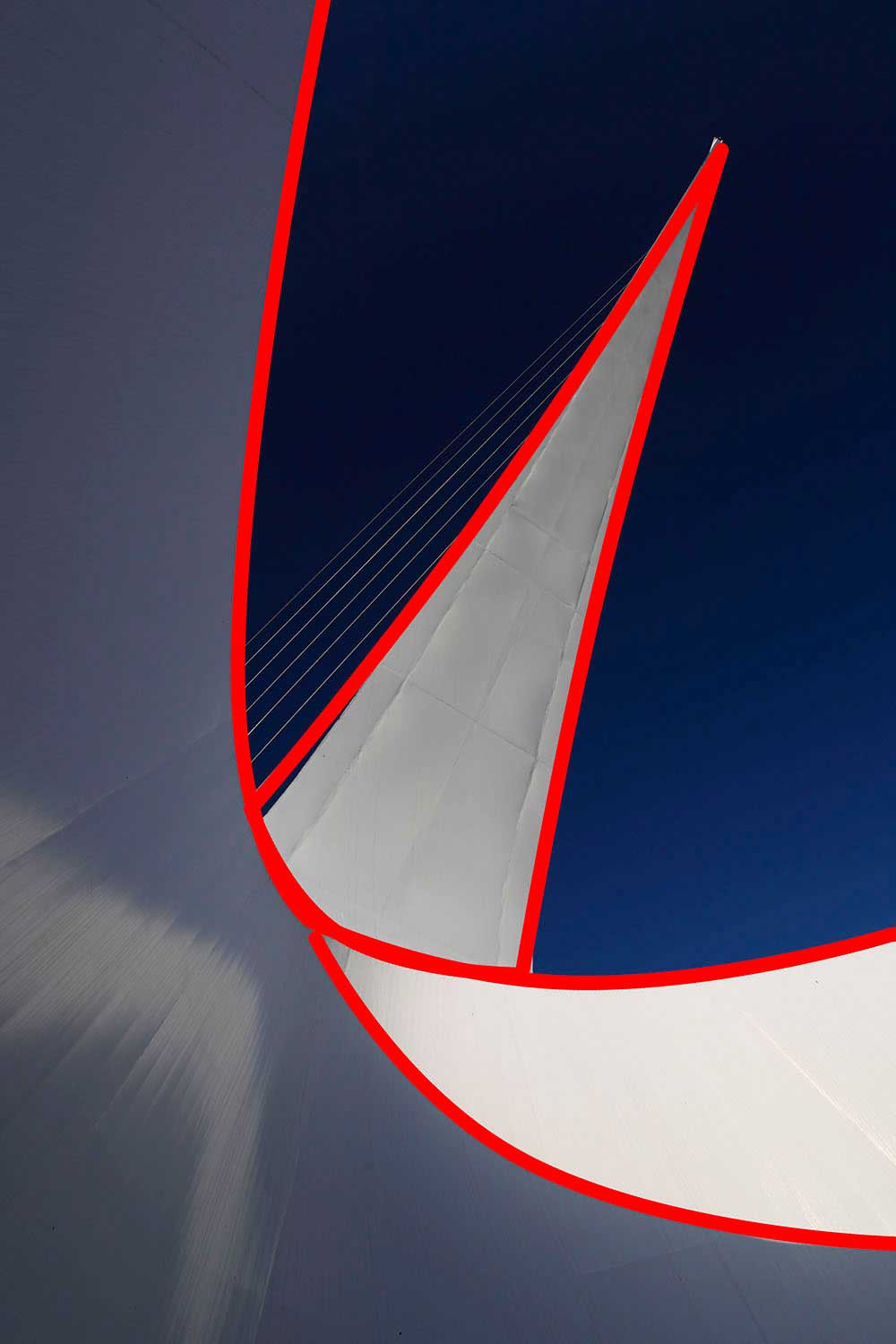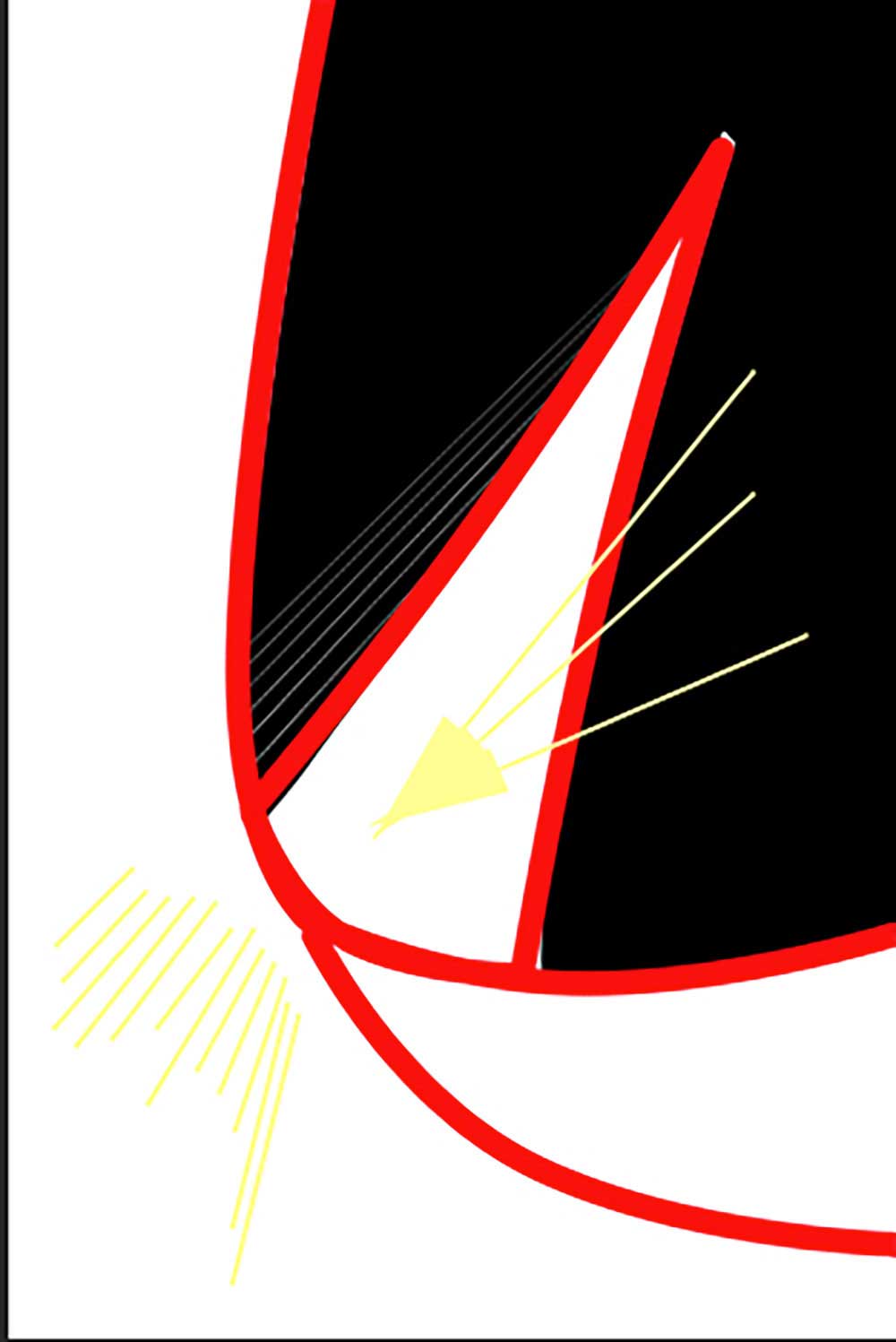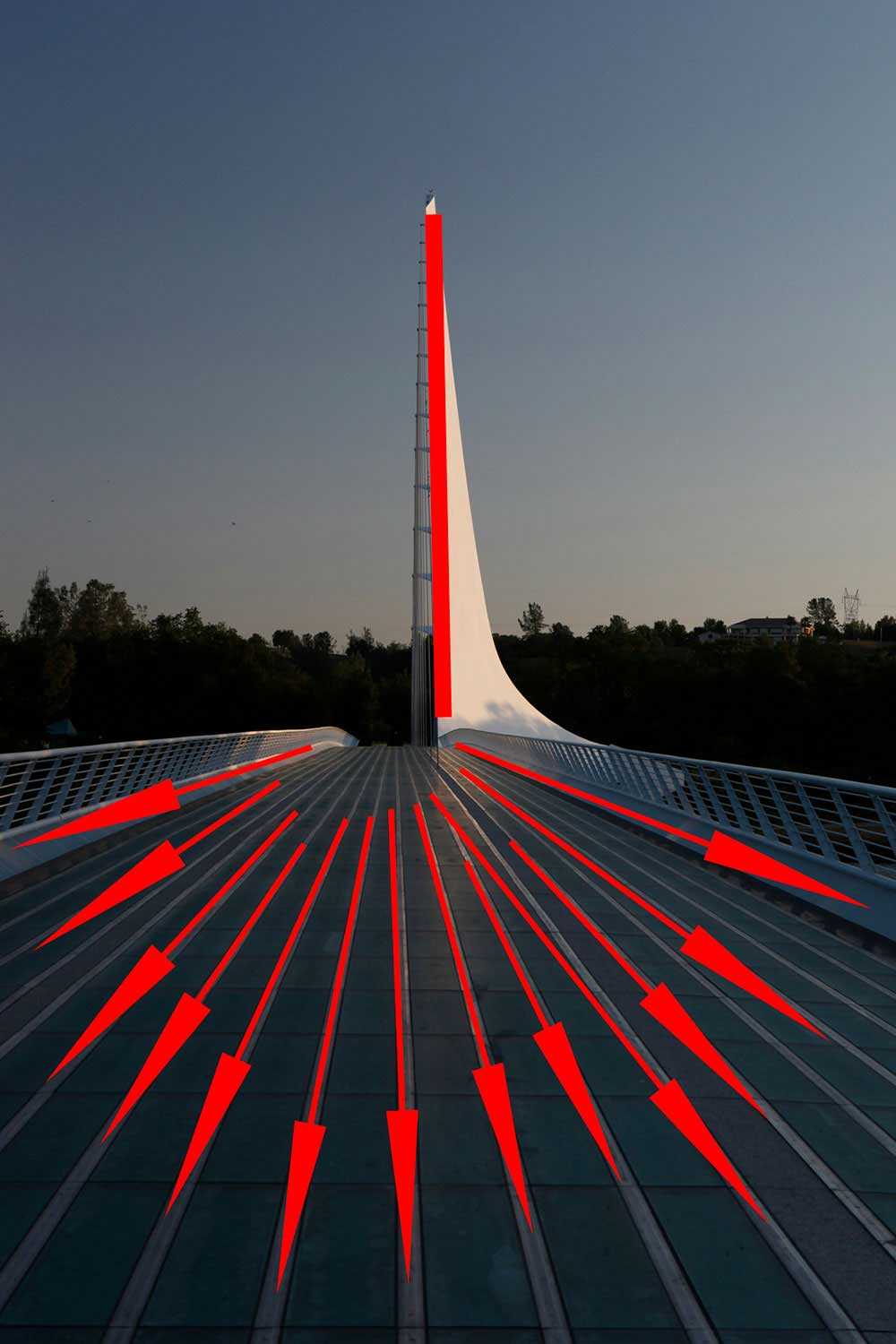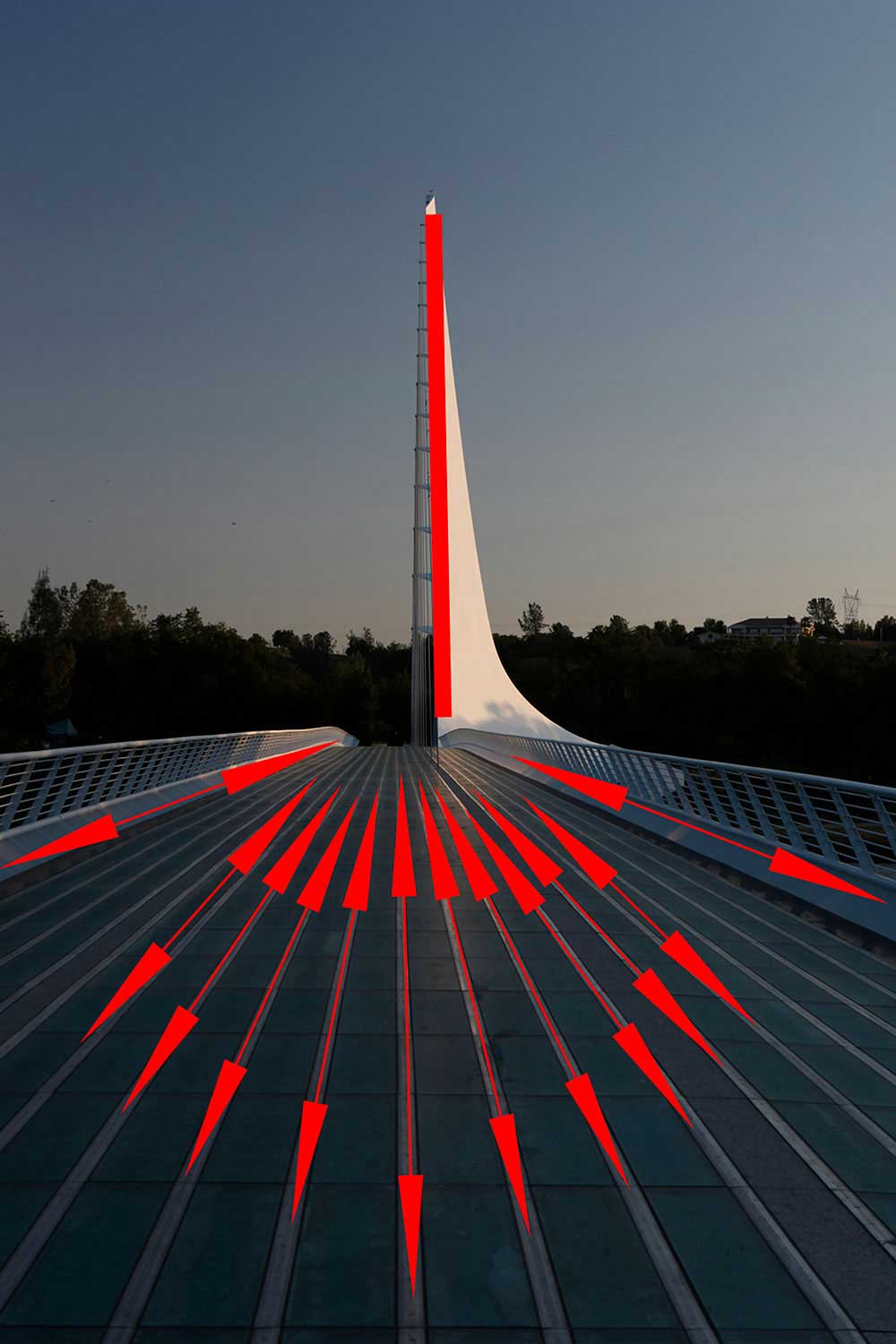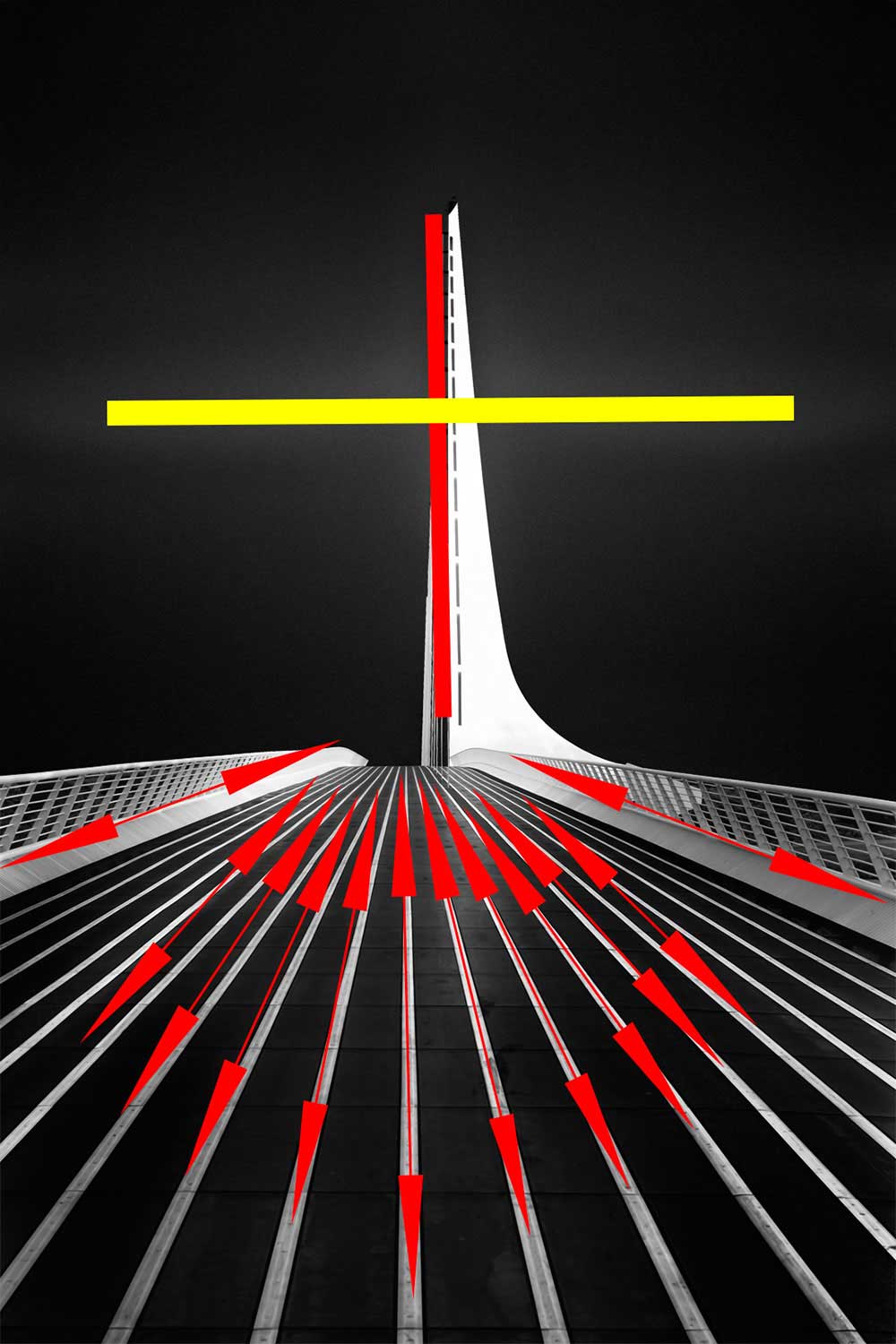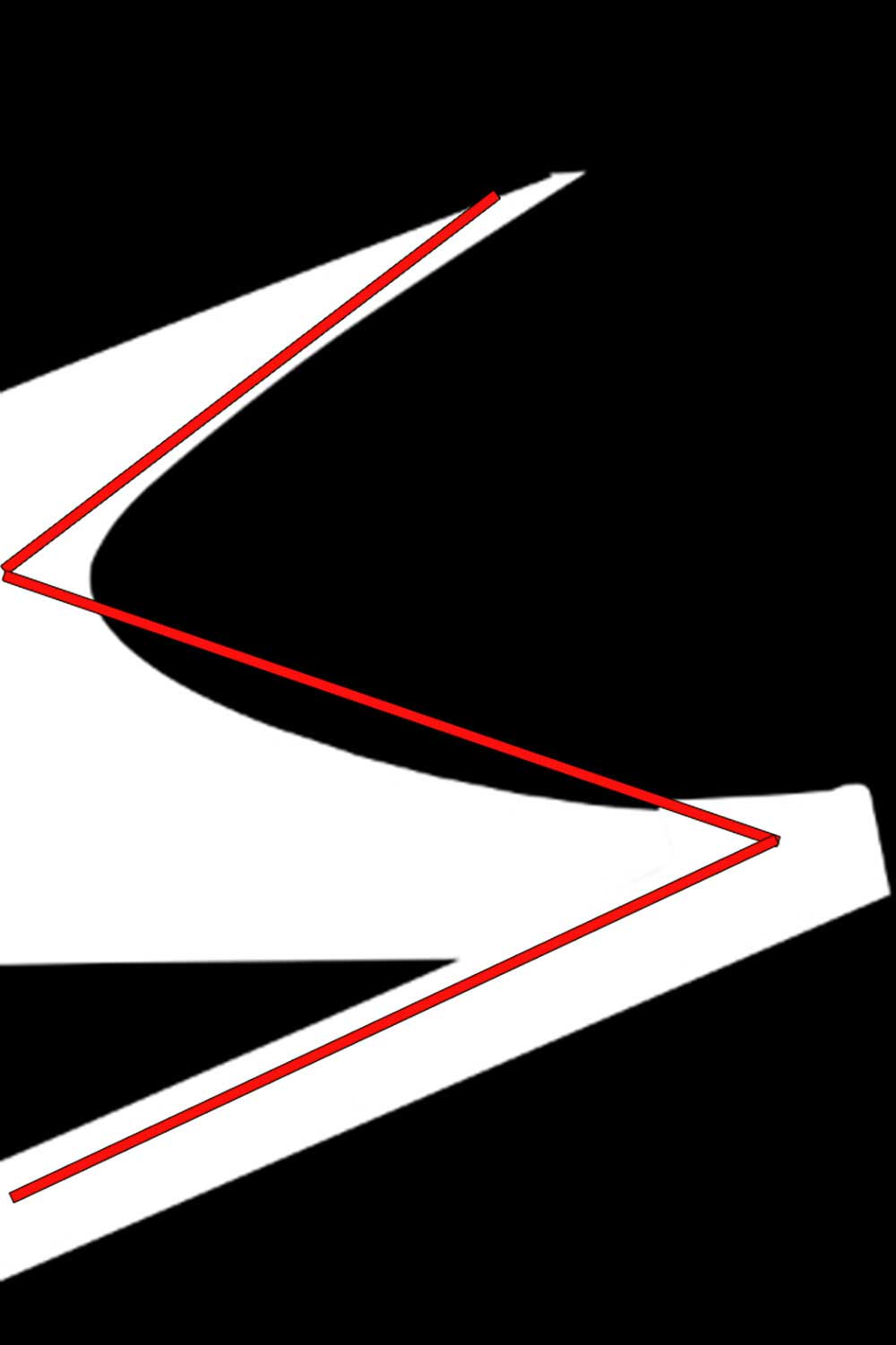After leaving Civil Engineering to become a photographer, I naturally gravitated towards the subject matter of architectural photography, namely bridges.
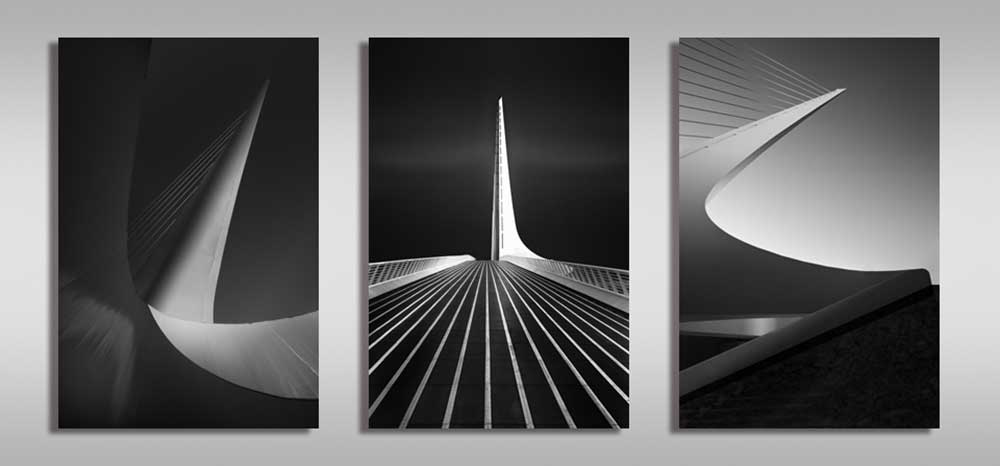
I guess I was intrinsically eager to use my newly artistic tools as a photographer and apply them to my old revered subject matter of bridges. I strived to express the artistic beauty of these engineering marvels. I was, and still am fascinated with how the beauty, efficiency and simplicity found in nature such of the spider web or conch shell inspires technological design and innovation. It is truly awe inspiring when humans cleverly adapt what is already there.
The photographic precision is important in doing justice and giving voice to this creative genius. Like with any work of art, I try to capture the attention of the viewer for a prolonged momentary ‘ah ha’ revelation of their own. Reflecting innate power and splendour for others to experience builds cultural appreciation for art, science, and the environment.
As all scientific discovery begins with the spark of original insight, I originally believed that my creative process is really a non-method methodology or quite rightly an effortless effort. Certain of what I love and want, I cannot be so arrogant to think I can just take it. While out shooting and in the moment, I attempt to surrender any linear thought, relax into the spaciousness of pure awareness, and like any artistic experience, letting it come by letting go. However, looking back and probing into my subconscious thought process, there is quite a lot of linearity going on behind the scenes. By shedding light onto my subconscious visual thought process, I can bring it forward, and consciously express it verbally and graphically to share with the world.
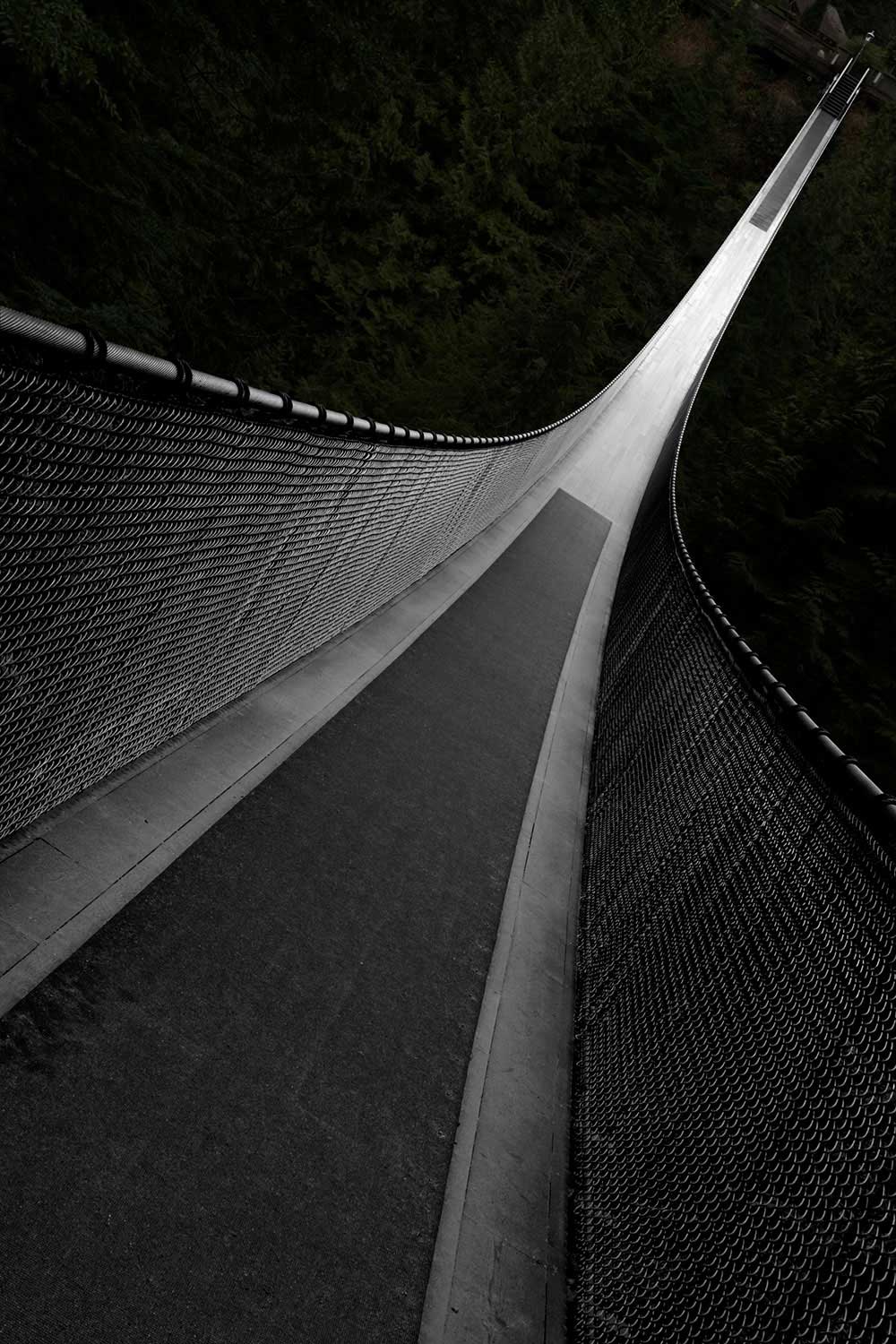
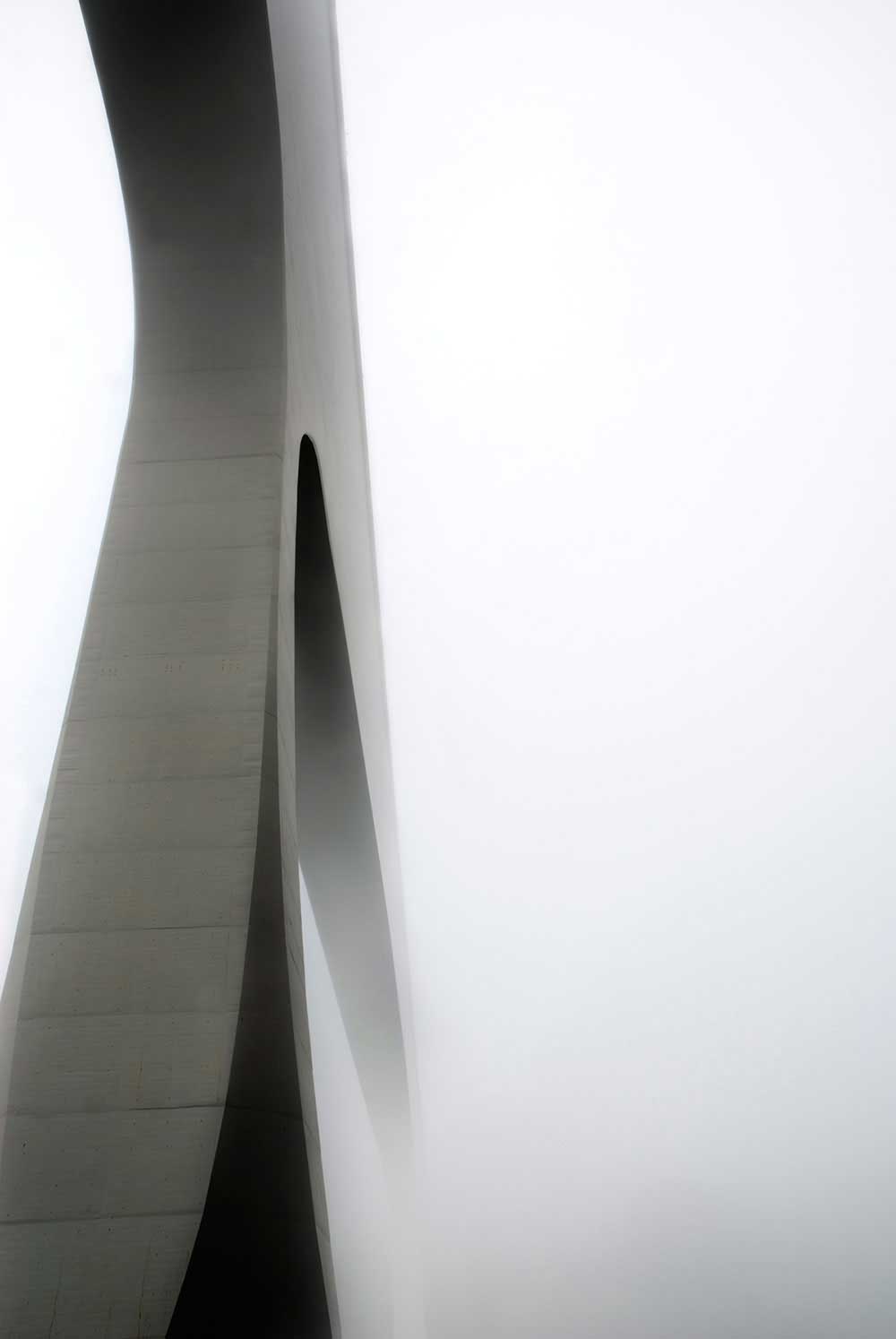
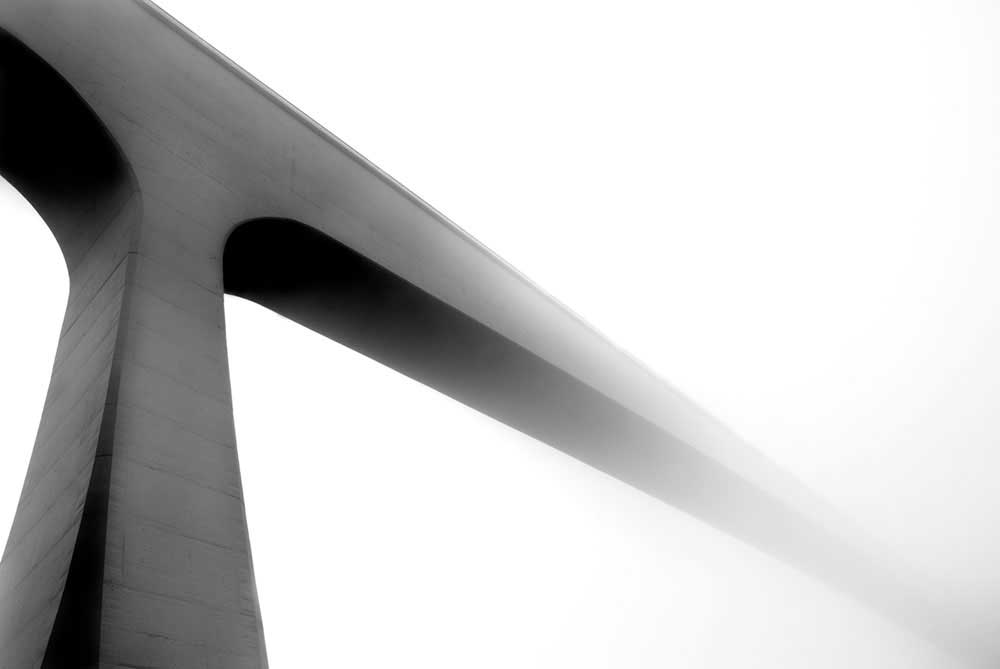
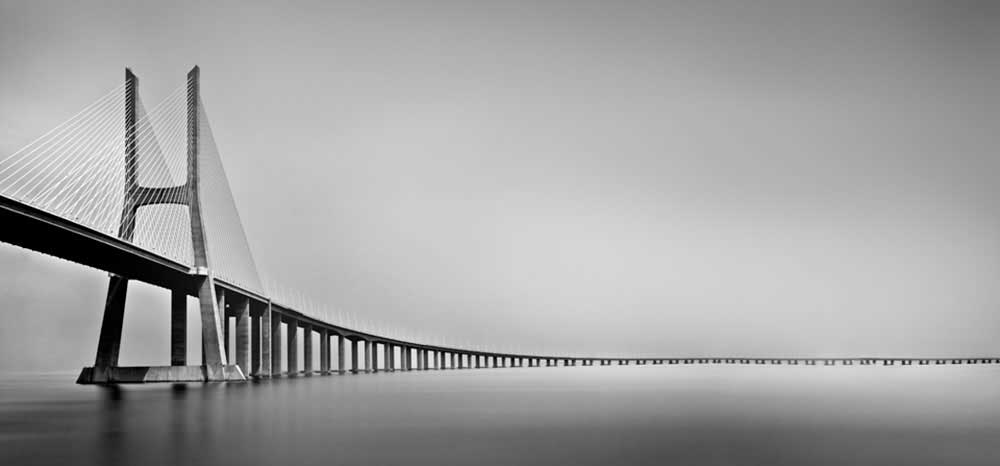
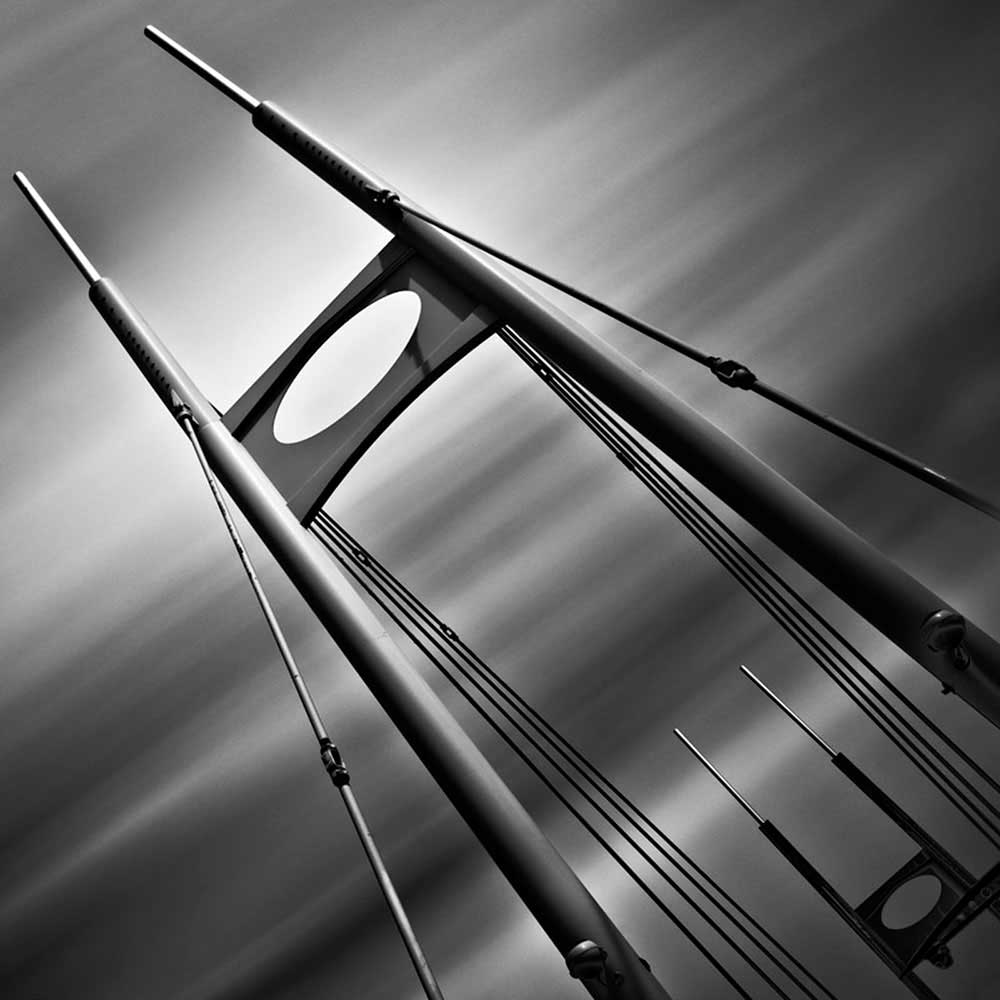
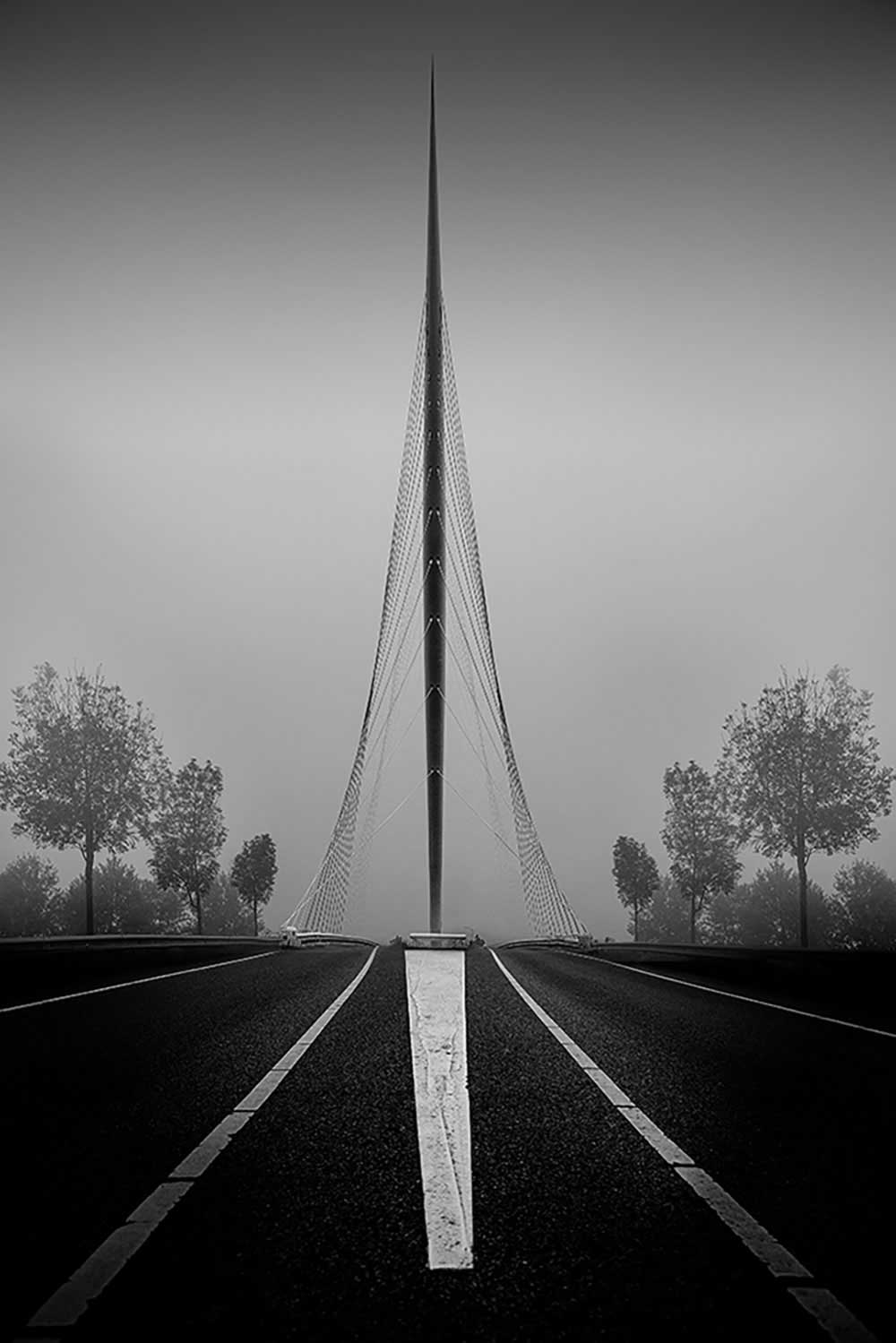
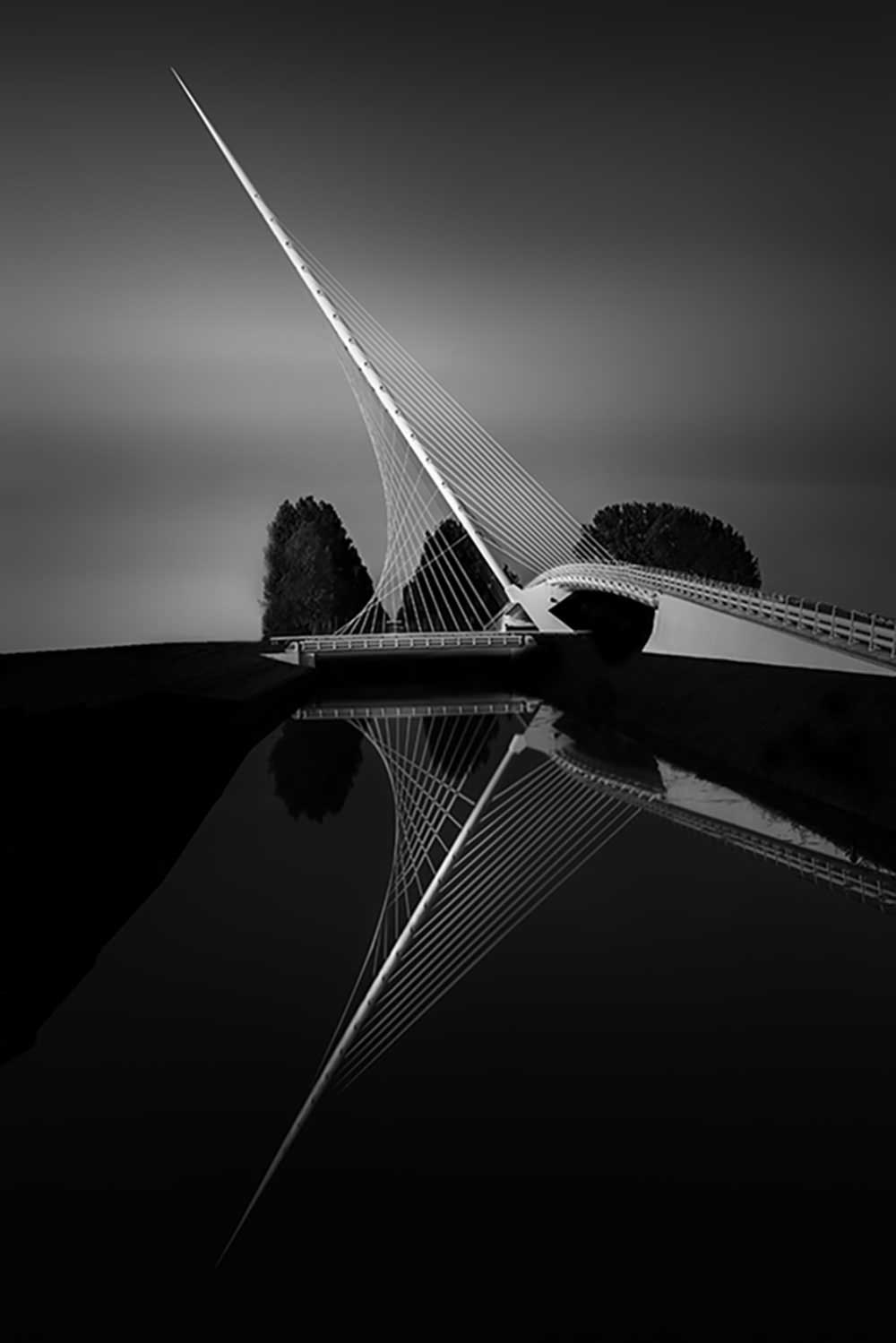
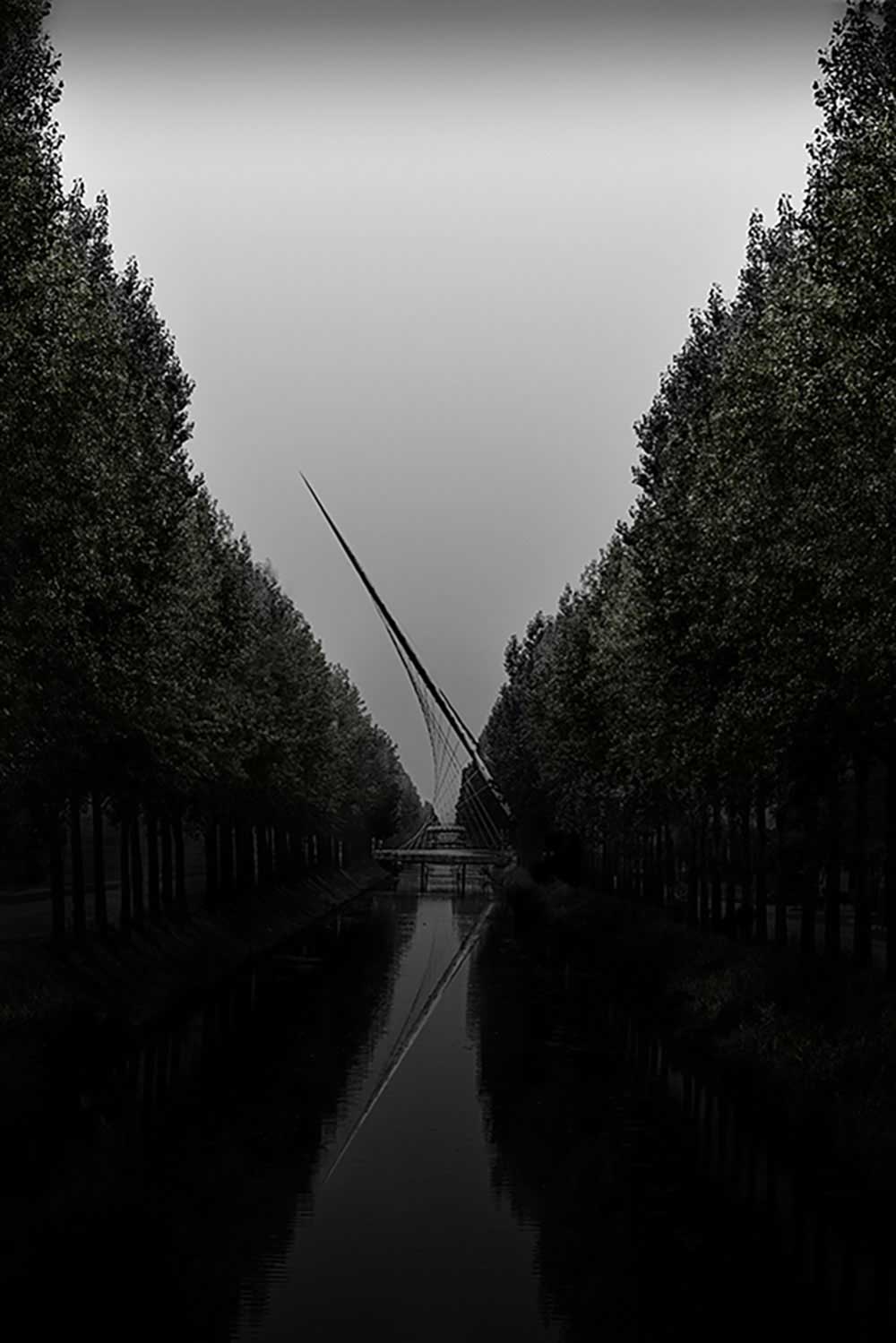
One of the key components that guided my intrinsic vision was the simplicity of lines and their harmonious balance within the frame. To achieve this I naturally developed the skill to ‘pre-visualize’ what my image would look like after my post processing. By pre-visualizing, I could express the vision I had in mind while taking the shot so I could get in camera the right composition.
I find that the ability to pre-visualize is one of my students major difficulties and I often get asked how it’s done. So throughout this article, I will share with you my knowledge and techniques of simplifying the scene of your subject into a schematic map of shapes and lines, which will help you get a better understanding of composition and relationship to light and shadow.
Once this ‘mental muscle’ of pre-visualizing is strengthened, you will notice how it can be implemented into other subject matters as well, but for the sake of the example, and to start out with something a bit of the obvious, the example I will use to demonstrate this ‘mental muscle’ will be through architectural photography, of the three photographs I took of the Sundial Bridge in Redding California. This bridge was designed by Spanish architect and engineer, Santiago Calatrava, to serve not only as a pedestrian bridge but also as a functioning sundial – Photographic Heaven!
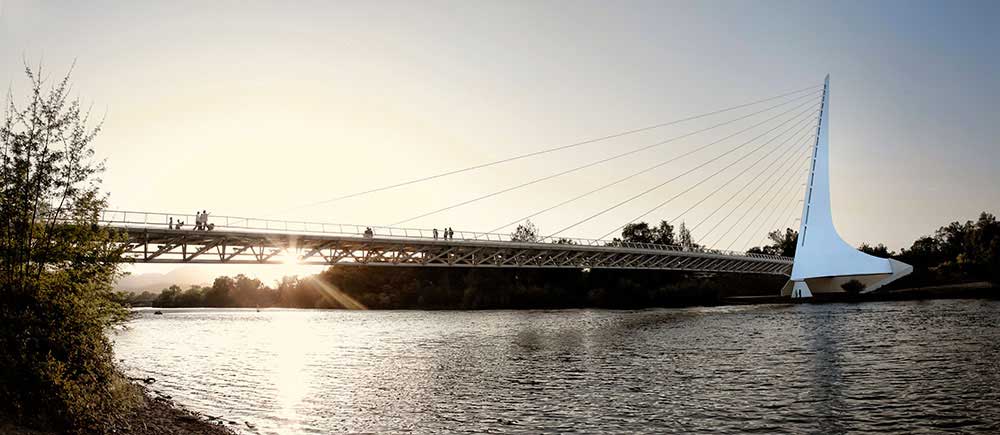
The Sundial Bridge: designed to cross the river exactly north to south with the main pylon located on the north bank of the Sacramento River. The image above depicts a postcard photo of the bridge; the challenge was to show the bridge in an original and artistic way.
Before I Even Press the Shutter, I first ask myself: What do I want to convey about this subject? What intrigues me about it? Is it the harmony of geometric lines? Is it the relationship of lights and shadows? Or is it just the essence of the structure itself? (i.e. sundial). Do I want to exaggerate a specific feature to emphasis it and thus zooming in for an isolated shot or do I want to show it in its surrounding to create context?
This dialog that I have with myself is not necessarily a conscious and articulated one, but I know it’s there. It proves itself in all the frames I take that I know are just not good enough. For this Project I knew that I wanted to create a series of three images, each one as stand-alone yet bonded together to tell a story. I wanted to convey the fact that this bridge is an actual sundial as well as a functioning pedestrian bridge. That was the vision I set out for myself to convey.
Conveying the essence of the Sundial
In this image, it was important for me to depict the fact that this bridge is also a functioning sundial. I asked myself: what makes a sundial? So while I was out in the field, I wanted to capture the gnome (pylon) of the bridge with the sunlight hitting it and reflecting down. Luckily, underneath the pylon was an in-caved area that allowed me to do just that!
TO SEE THE VIDEO OF THE RAW FOOTAGE OF MY ‘VISUAL BRAINSTORMING’ CLICK HERE.
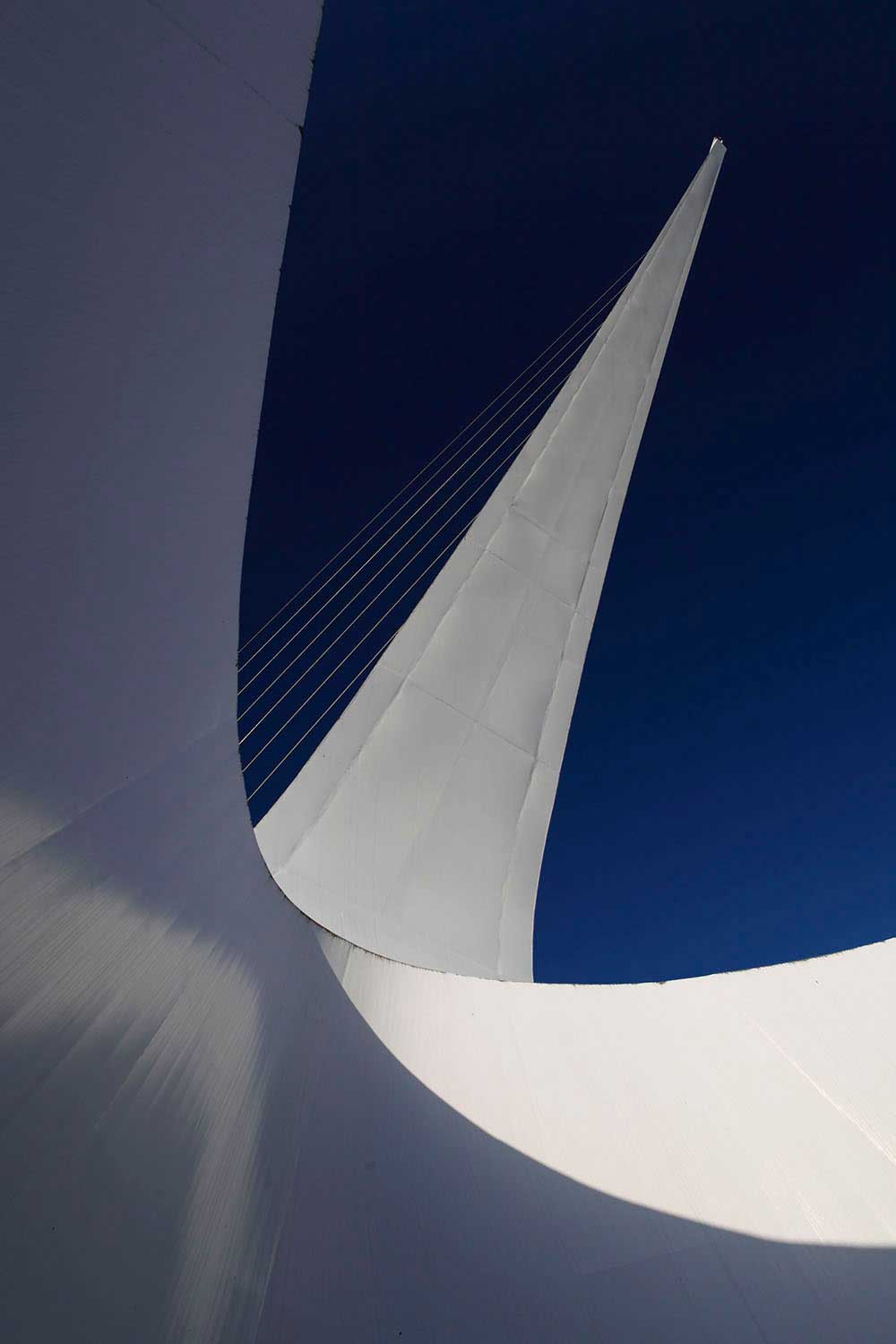
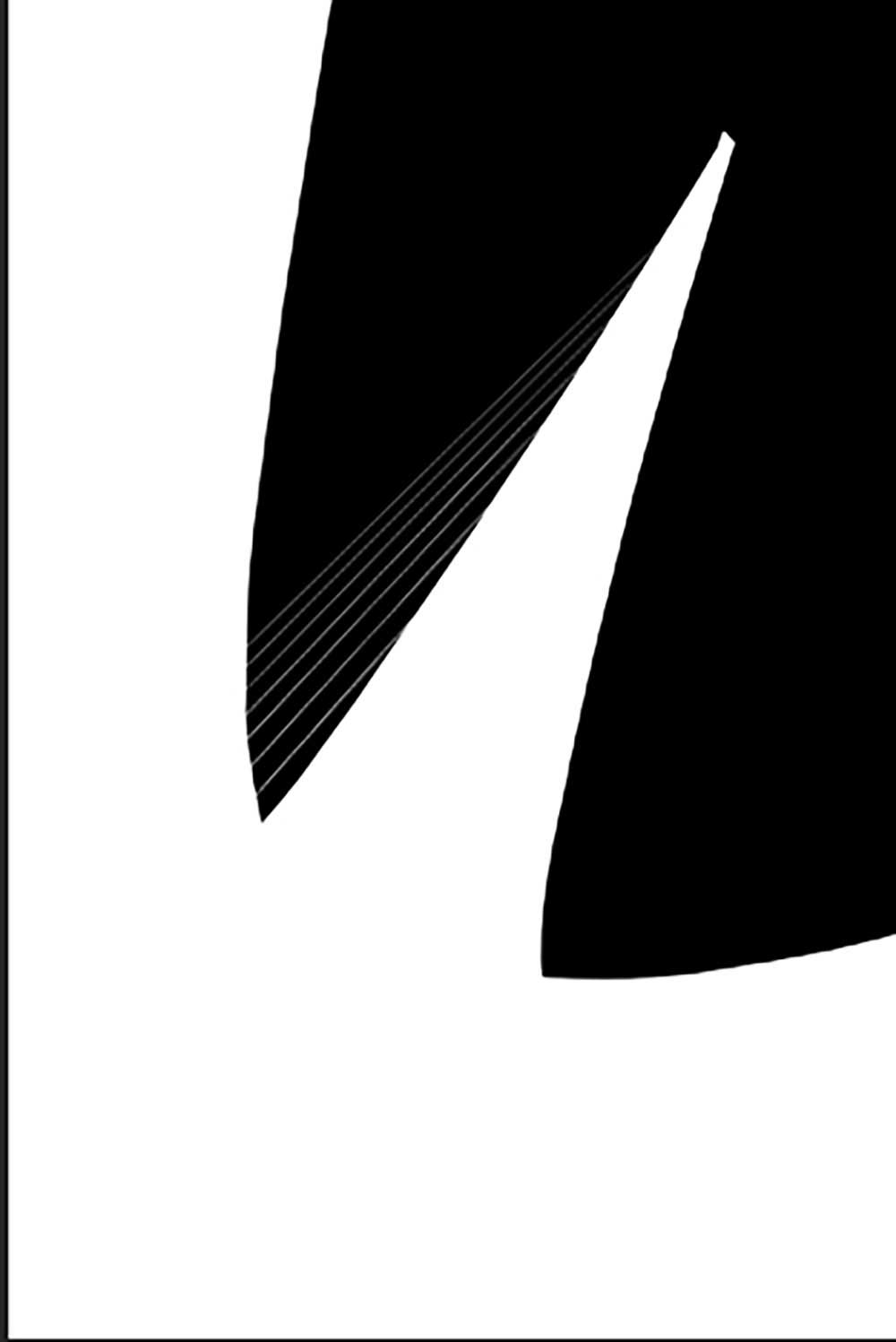
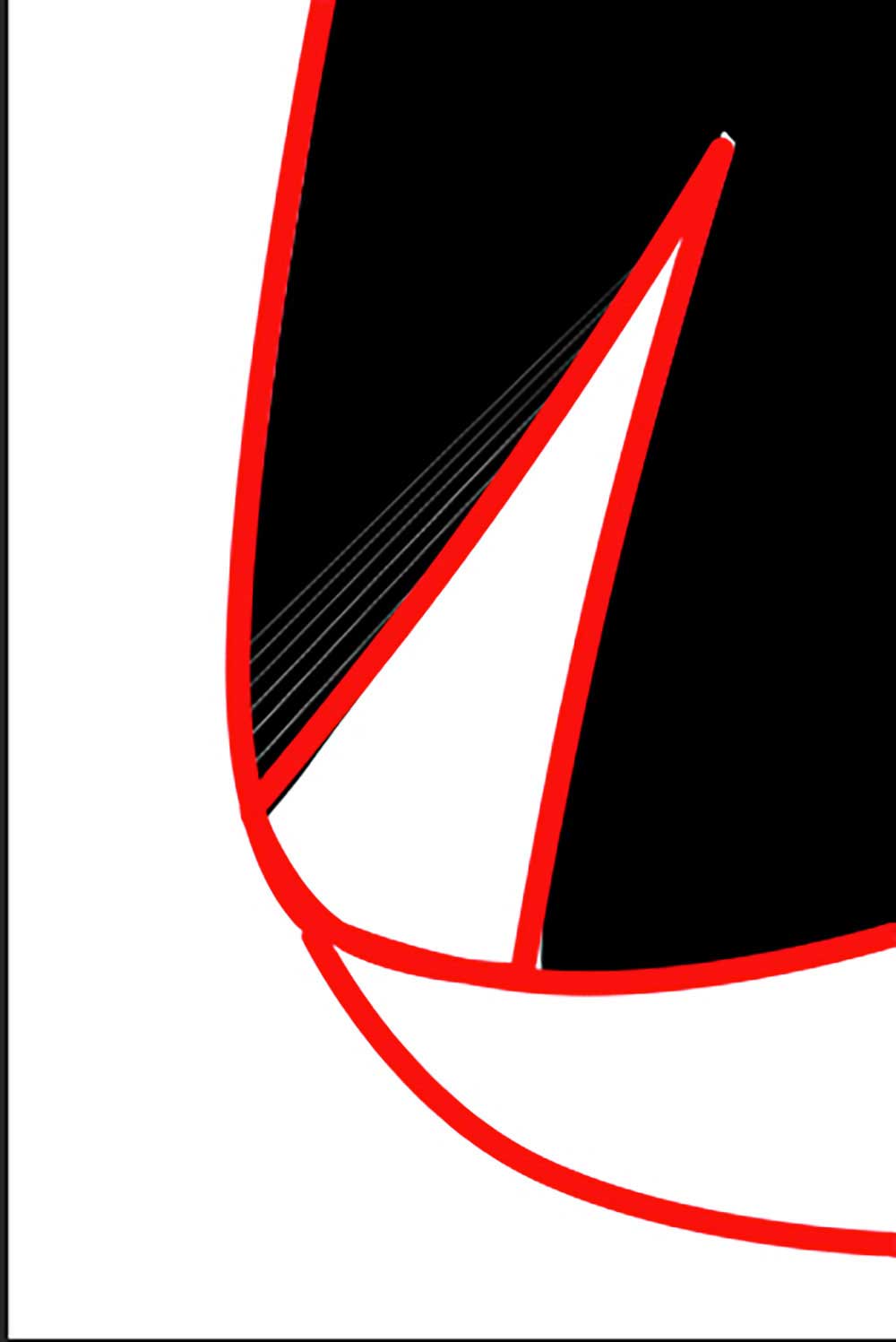
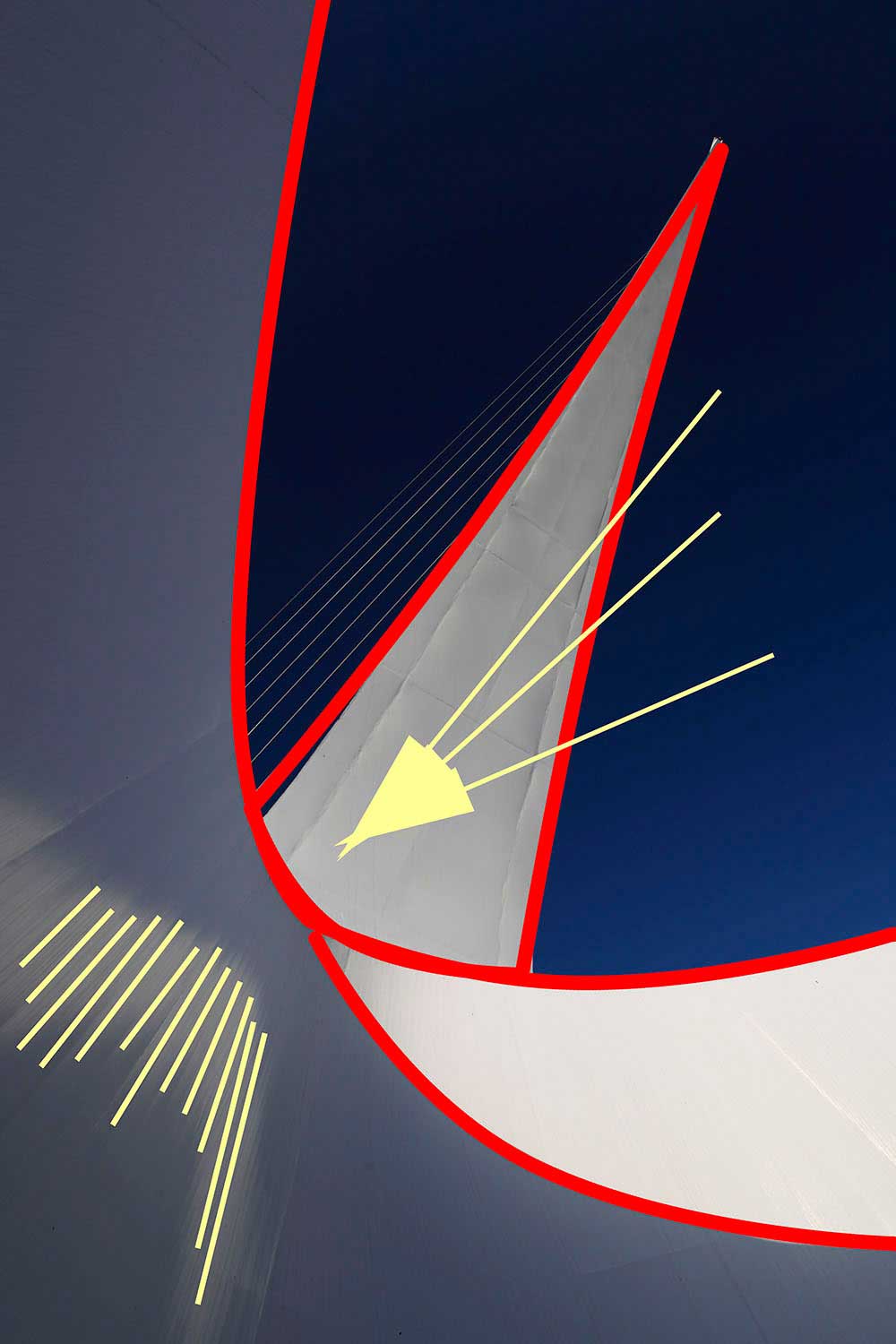
It is this image that was my visual ‘road map’ that I took with me to guide me through the post processing to eventually result in the final image
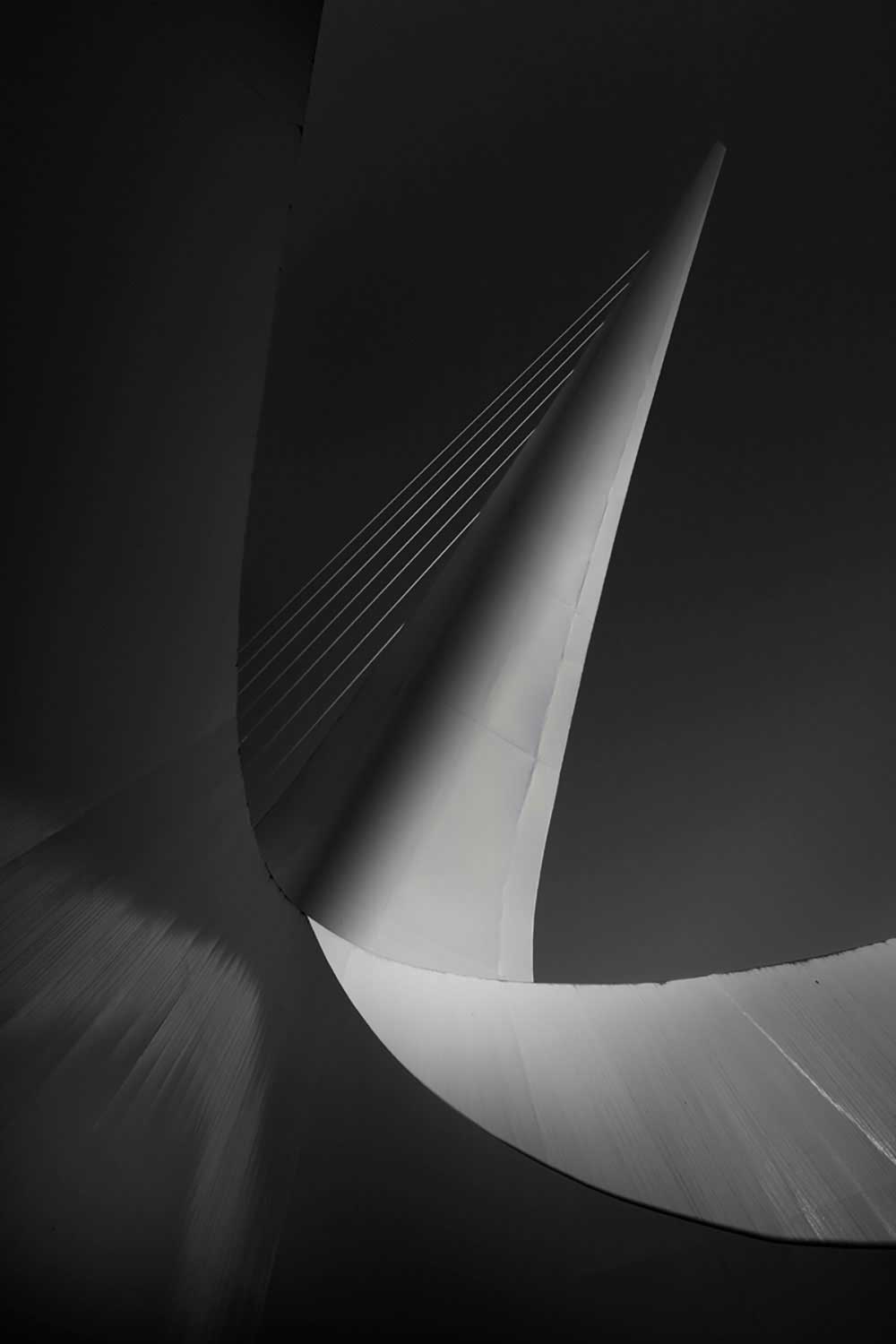
Conveying the fact that it is a functioning bridge
This image in the series was to represent the bridge itself. I knew I wanted a shot in the series that would represent the bridge in context however, since I never saw the bridge before in real life (only in a documentary film) this composition came to me while I was on location. Once I walked the bridge I knew this would have to be it as it shouted out to me, the simplicity of lines and balance of shapes.
TO SEE THE VIDEO OF THE RAW FOOTAGE OF MY ‘VISUAL BRAINSTORMING’ CLICK HERE.
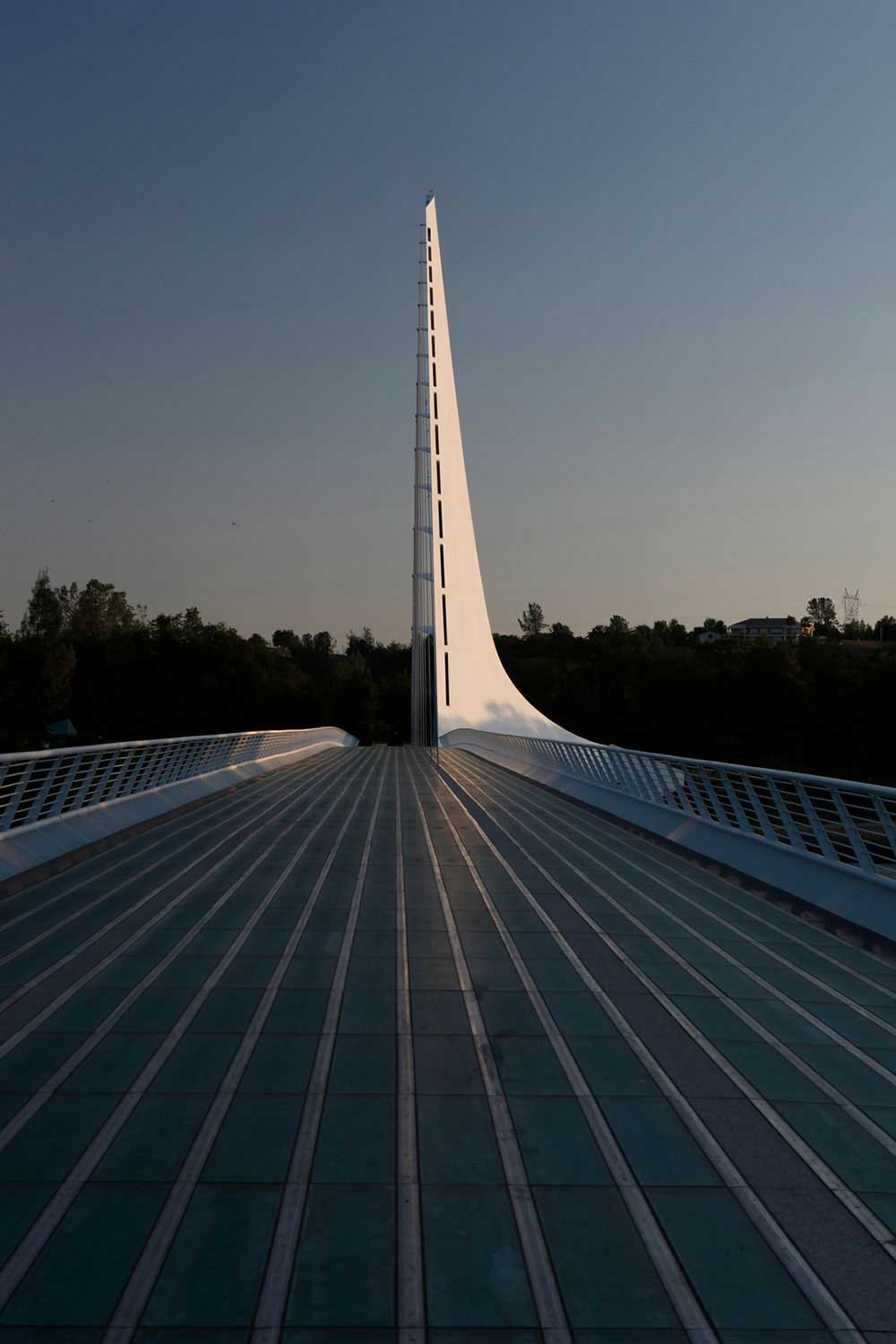
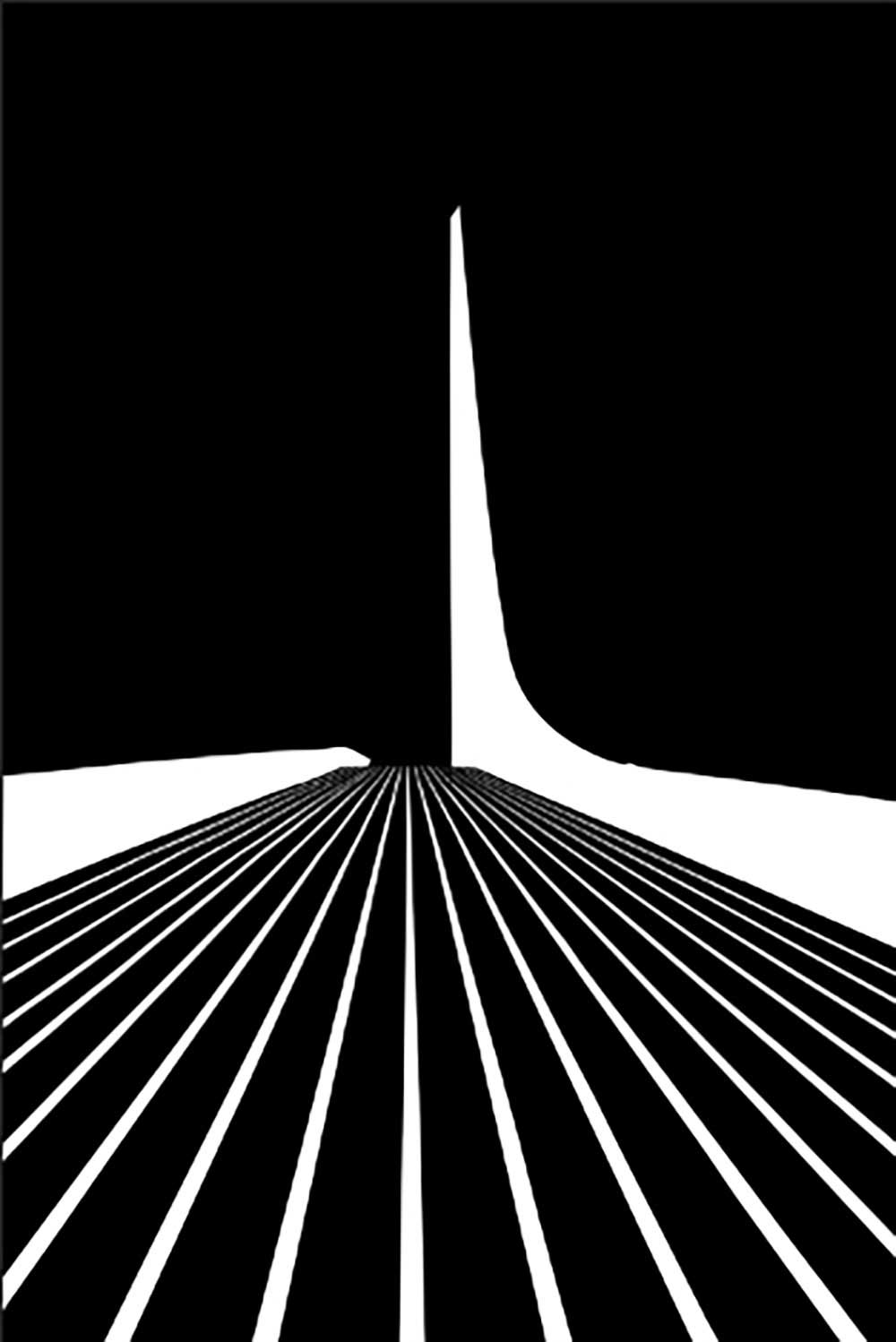
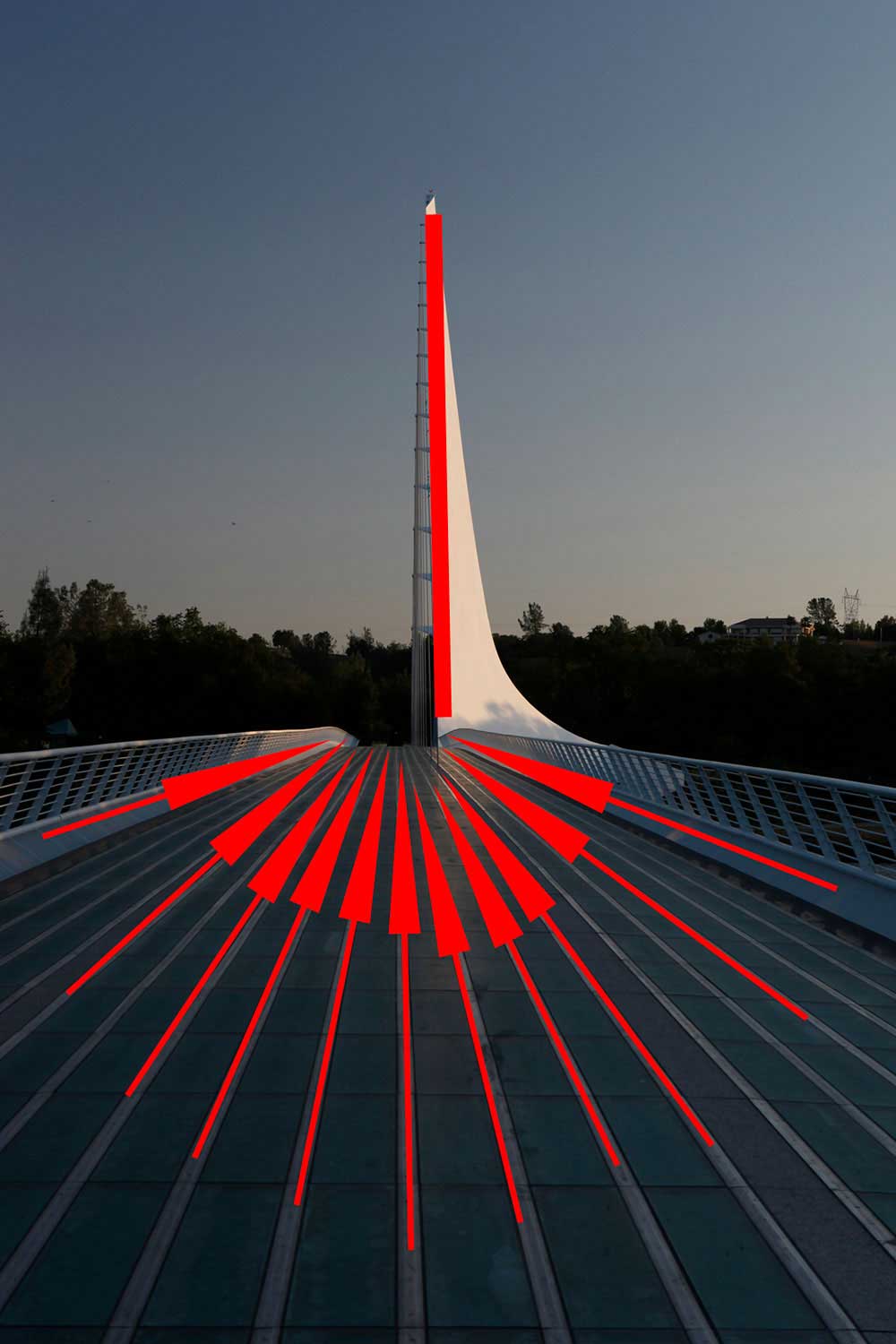
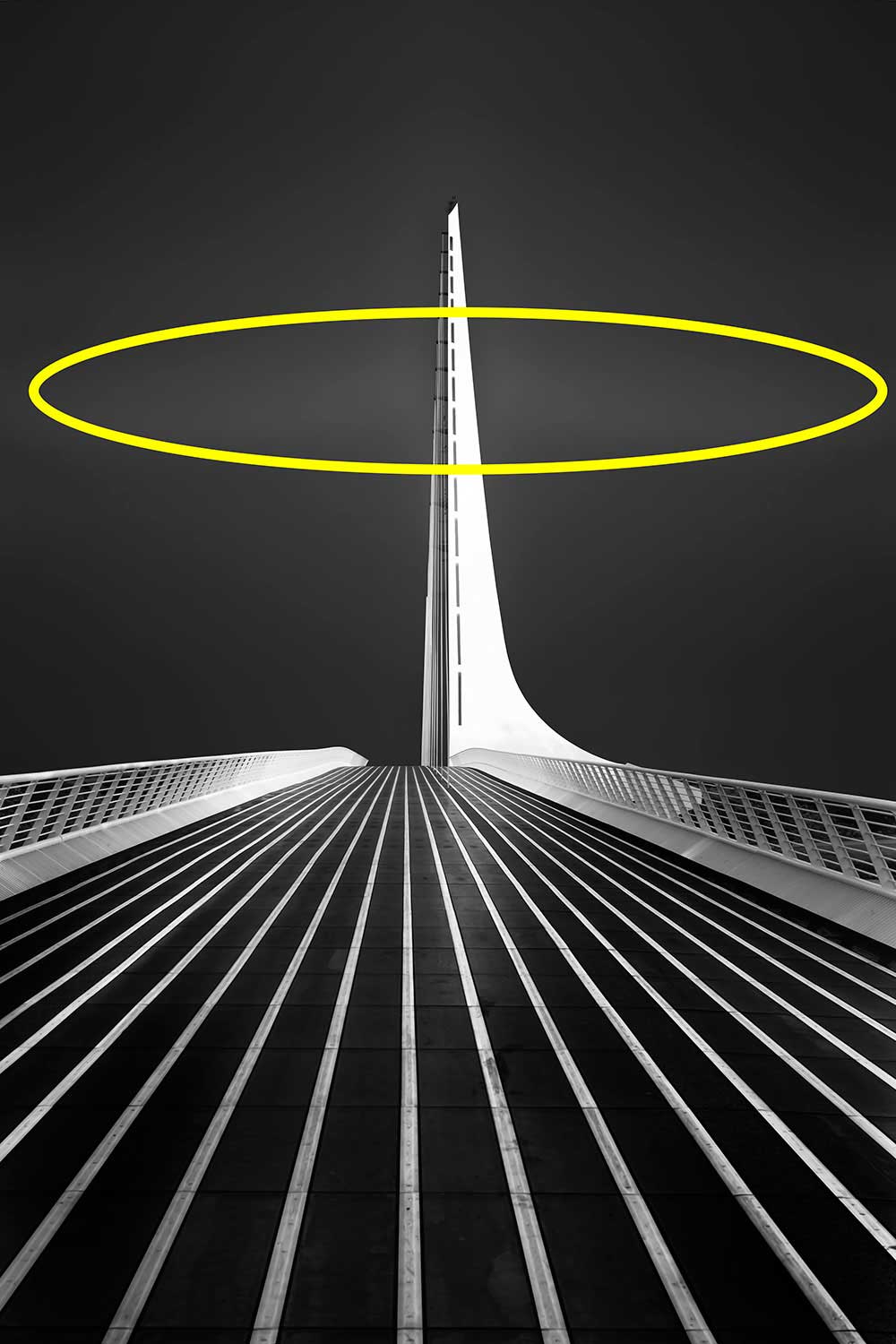
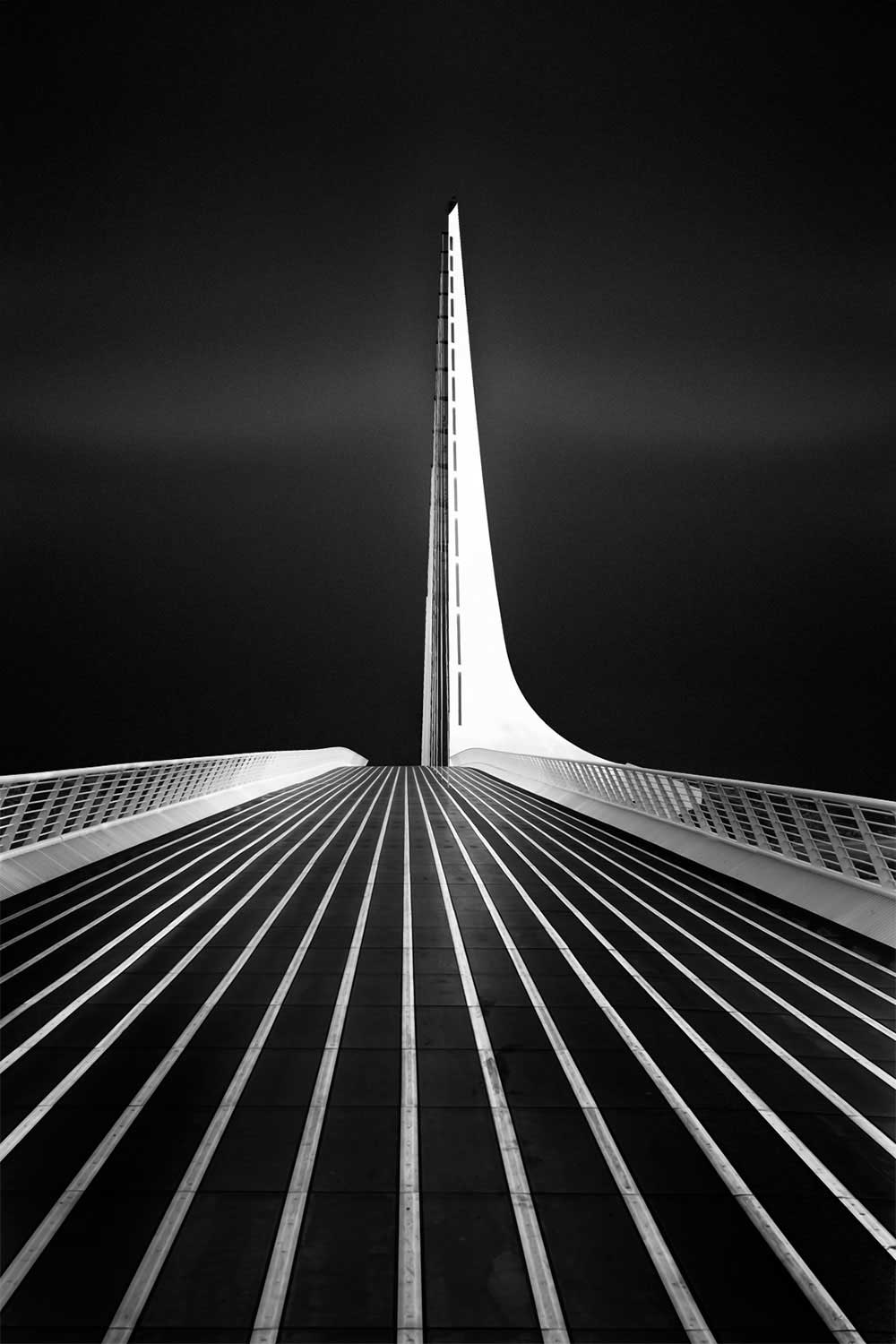
Tying everything together
I was struggling with finding my third image but knew that it had to be one that would tie in the first two. An image that showed the bridge structure as well as the sundial light effect. By capturing the pylon with the in-caved area in profile I managed to tie the two together while still being visually aware of the linear harmony.
TO SEE THE VIDEO OF THE RAW FOOTAGE OF MY ‘VISUAL BRAINSTORMING’ CLICK HERE.
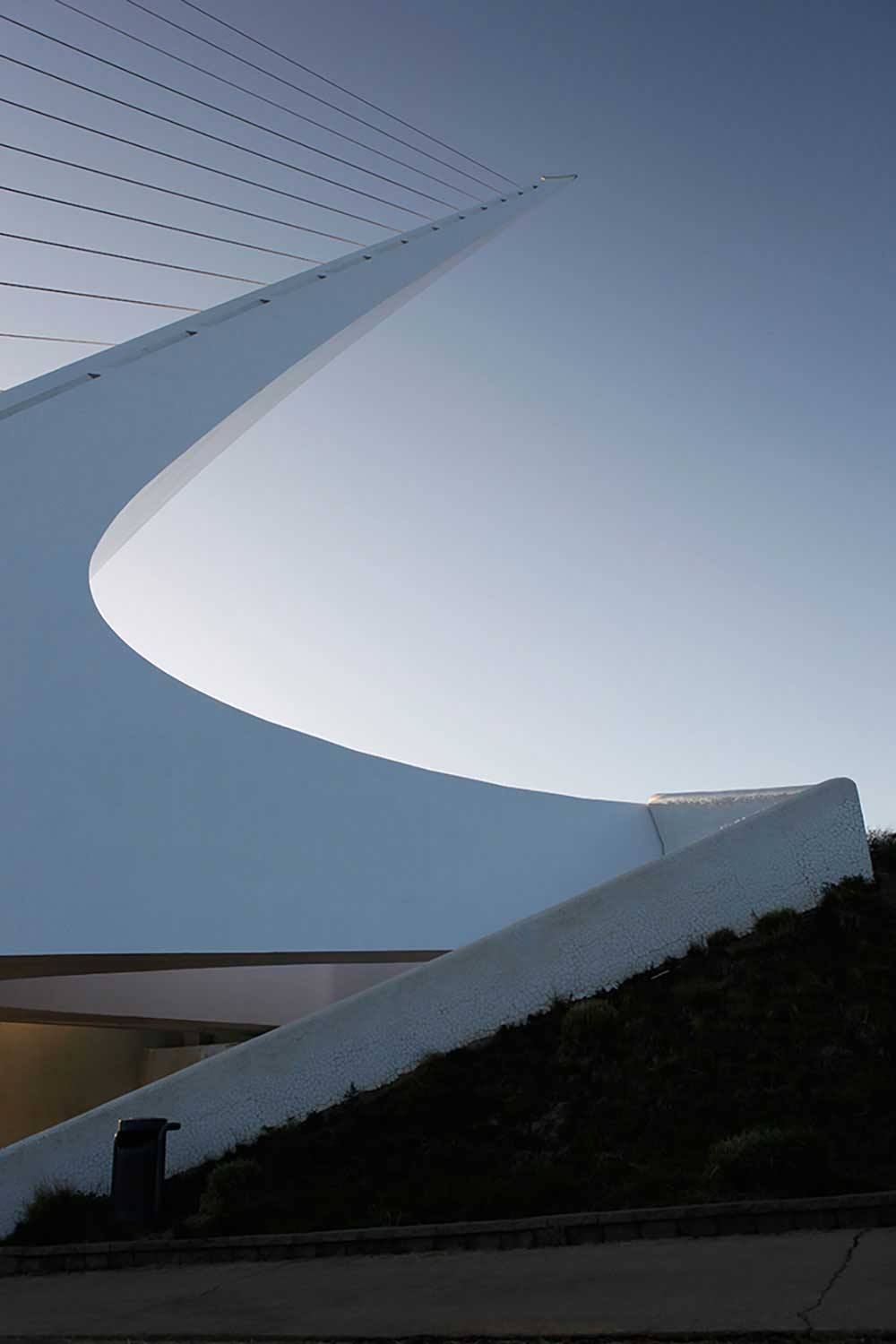
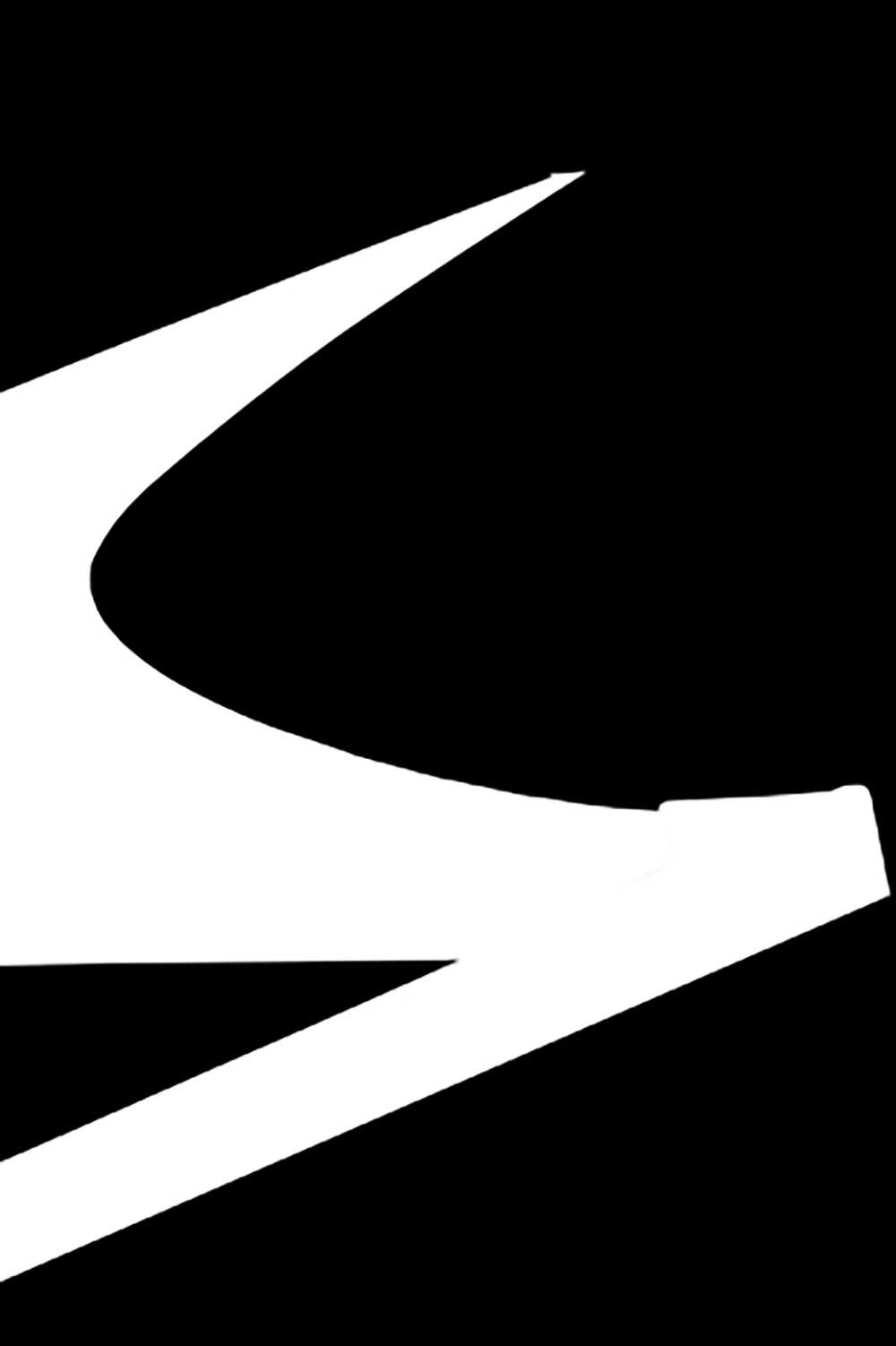
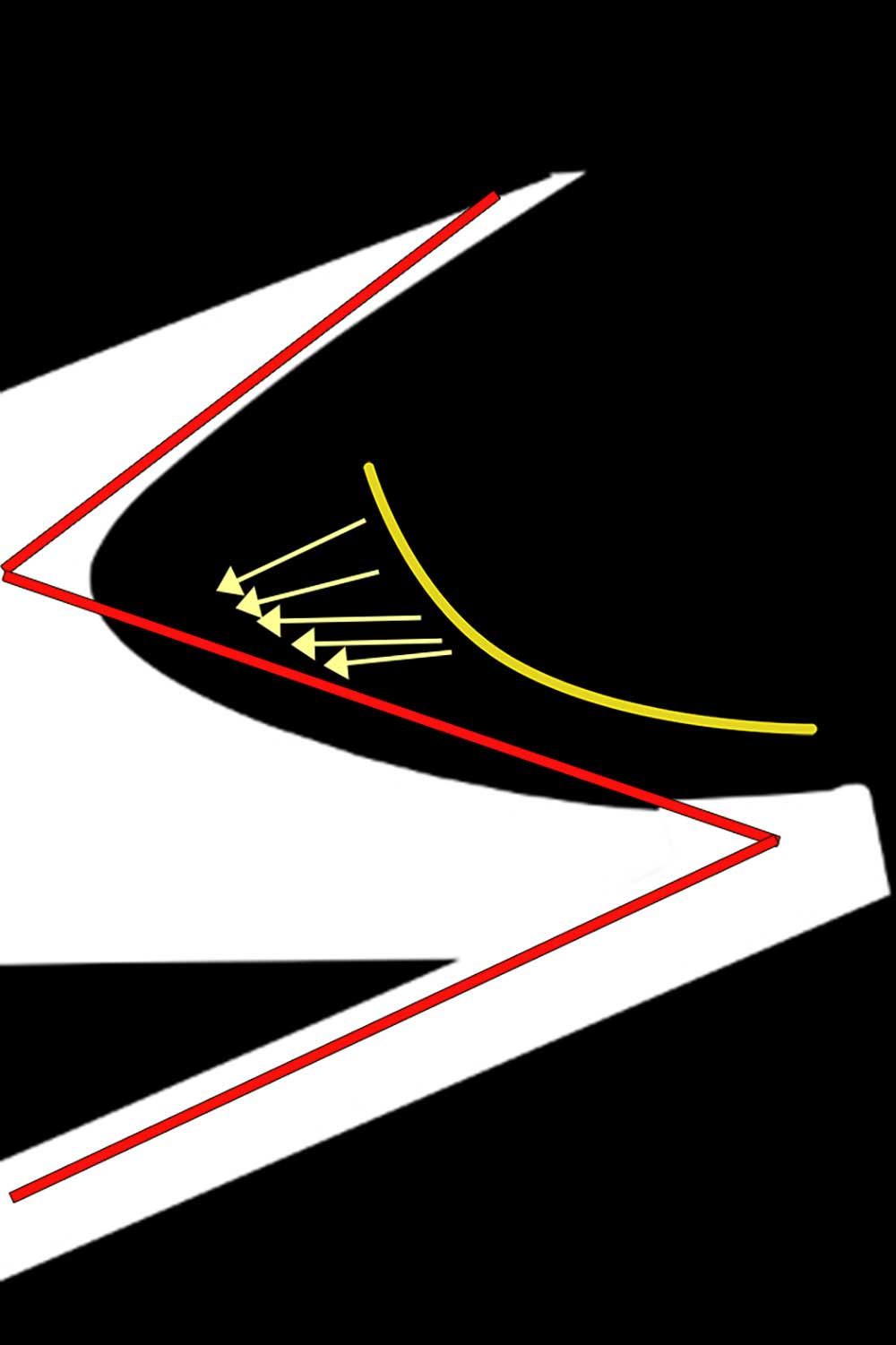
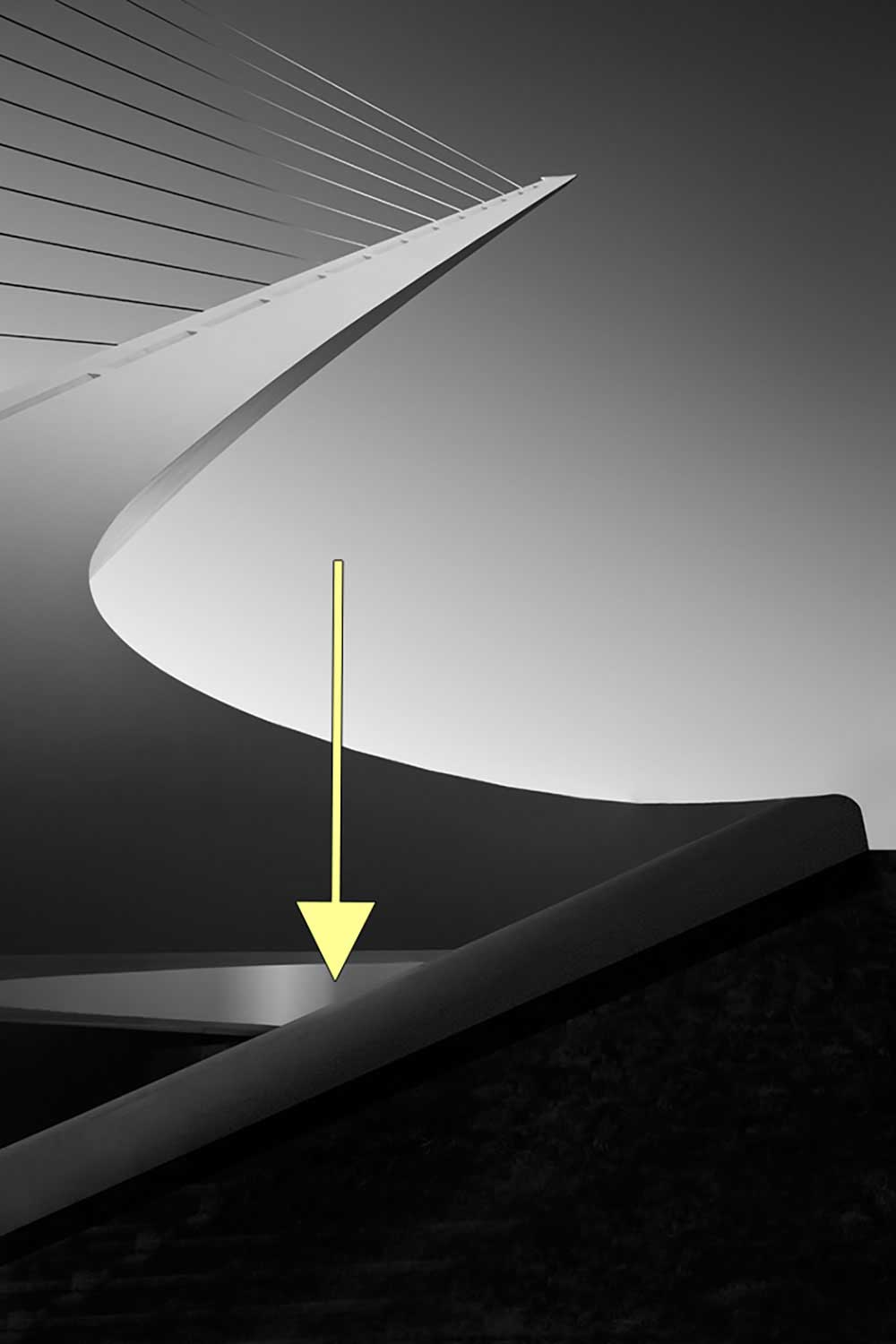
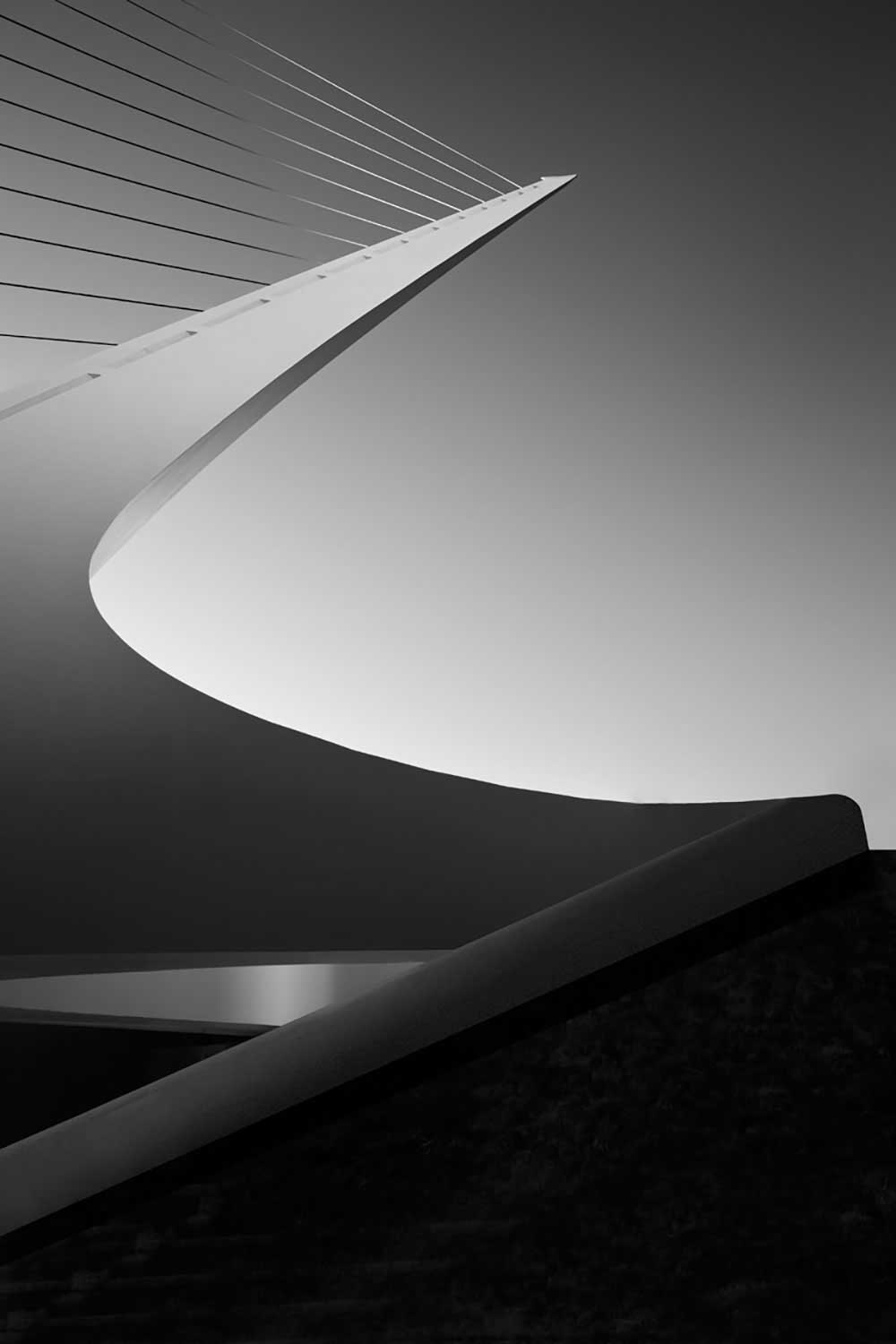
I hope you have gained some insight into how to develop the ability to pre-visualize and simplify your image. In the next article I will explain how to use the visual ‘road map’ of lines and shapes to guide you through the post processing in Photoshop.
Sharon Tenenbaum teaches architectural fine art photography courses around the world. Join her in her next Workshop on April 2-5 in Valencia, Spain.
Sharon Tenenbaum
Sharon Tenenbaum is a multiple international award winning fine art photographer. Sharon was educated as a Civil Engineer and practiced as a Professional Engineer in Vancouver Canada. In late 2007, she made a decision to part from engineering in order to pursue her passion for photography. Sharon’s creative voice has a distinctive style in which she combines her scientific and artistic side in creating exceptional Architectural Photography Portfolio. Sharon shares her passion by teaching fine art photography workshops around the world as well as at Langara College and Simon Fraser University in Vancouver, BC.



